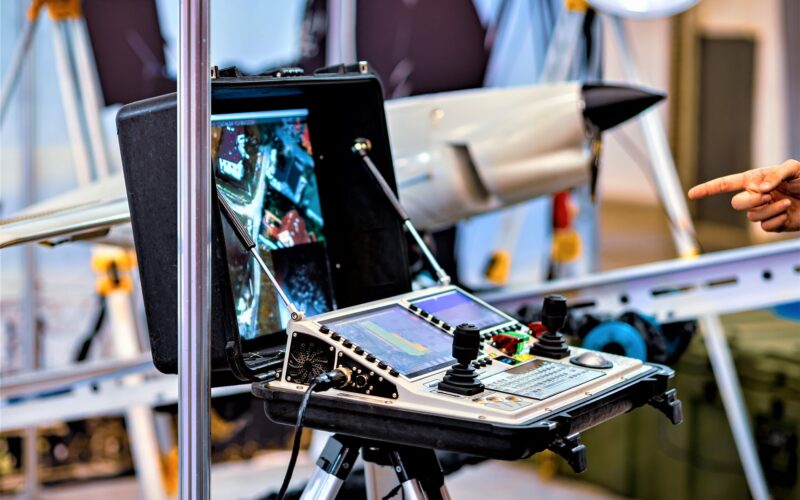The US Federal Communications Commission (FCC) has proposed a set of new rules to regulate wireless communications for unmanned aircraft vehicles.
The Notice of Proposed Rulemaking (NPRM), which was released on January 4, 2023, set forth new rules for the operation of unmanned aircraft systems in the 5030-5091 MHz band in order “to support safety-critical UAS communications links”.
According to FCC chairwoman Jessica Rosenworcel, since unmanned aircraft, such as drones, are typically controlled remotely, their operations rely on wireless communications between a ground-based control station and the unmanned air vehicle.
“Unmanned aircraft systems today primarily operate under unlicensed and low-power wireless communications rules or experimental licenses. Given the important current and potential uses for these systems, the Commission will consider ways to improve the reliability of their operations,” the NPRM explained.
The agency outlined that currently the US does not have clear wireless communication rules for unmanned aircraft. Thus, “the FCC must ensure that our spectrum rules meet the current – and future – spectrum needs of evolving technologies such as unmanned aircraft systems, which can be critical to disaster recovery, first responder rescue efforts, and wildfire management,” Rosenworcel said.
“As unmanned aircraft flights increasingly involve operations with a higher risk profile, such as flights that use large aircraft, carry heavy cargo or human passengers, or travel into the controlled airspace used by commercial passenger aircraft, operators have a growing need for the greater reliability that interference-protected licensed spectrum provides,” the NPRM continued.
As per the proposal, the FCC aims to create standards for unmanned aircraft radio equipment and related wireless transmissions.
“The NPRM proposes a process for UAS operators to obtain a license in the aeronautical VHF band to communicate with air traffic control and other aircraft while maintaining the integrity of the band,” the agency added.
The new set of proposed rules will “ensure co-existence of terrestrial mobile operations and UAS” and will promote the safe integration of unmanned aircraft operations in controlled airspace, the agency explained.

